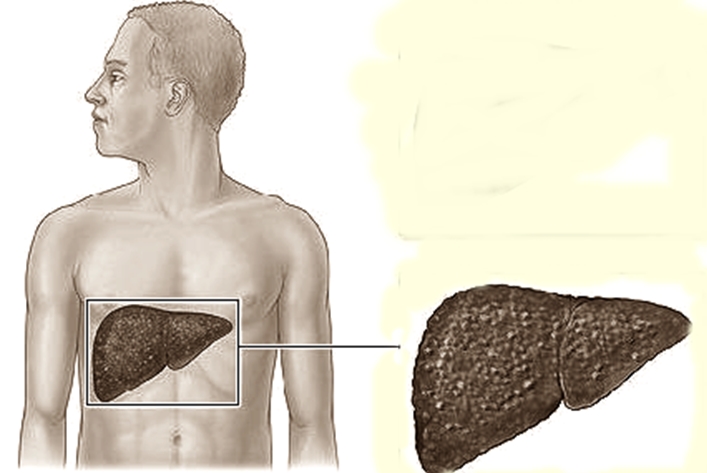Liver disease, when not identified early enough, may lead to irreversible damage. The liver is responsible for removing toxins from blood, producing hormones, aiding in food digestion, acting as an energy reserve among other duties.

Just like other organs of the human body, the liver is susceptible to damage from risk factors or disease.
Liver disease can either be inherited, caused by ailments or predisposition to risk factors.
Disease causes include Hepatitis A, B, and C, autoimmune hepatitis, biliary cirrhosis, sclerosing cholangitis, fatty liver disease and cancer of the liver.
Risk factors include excessive consumption of alcohol, injecting drugs, unprotected sex, diabetes, obesity among others.
Being on the lookout of signs of liver problems ensures that they can be managed before the damage is irreversible.
Here are common symptoms of liver problems.
Abdominal pain
The liver is located on the right upper part of the abdomen. When you have a diseased liver this part may feel sore, painful or swollen.
Skin blemishes
Toxins resulting from the liver not properly cleaning blood may lead to clots near the skin surface.
The blemishes may be itchy and look like spiders, hence called spider angiomas.
They are common on the chest and torso.
Muscle atrophy
Advanced liver disease leads to fluid imbalances in the body. This characterised by skinny arms and legs and swollen ankles, coupled with an oversize belly.
Joint Pain
Joint pain is one of the symptoms of autoimmune hepatitis; a condition where the immune system mistakes cells and tissues of the liver for foreign bodies and attacks them.
Other symptoms include nausea, vomiting and loss of appetite.
Yellowish eyes or skin
Blood cells get old and are replaced by new ones all the time. When old blood cells are broken down bilirubin, an orange-yellow pigmented compound is produced.
[irp]
The liver removes bilirubin from the bloodstream and disposes of it.
However, a failing is inefficient in disposing bilirubin and may lead to its build-up in the bloodstream.
This leads to yellowing of the skin or eyes, a condition commonly known as jaundice.


Leave a Reply